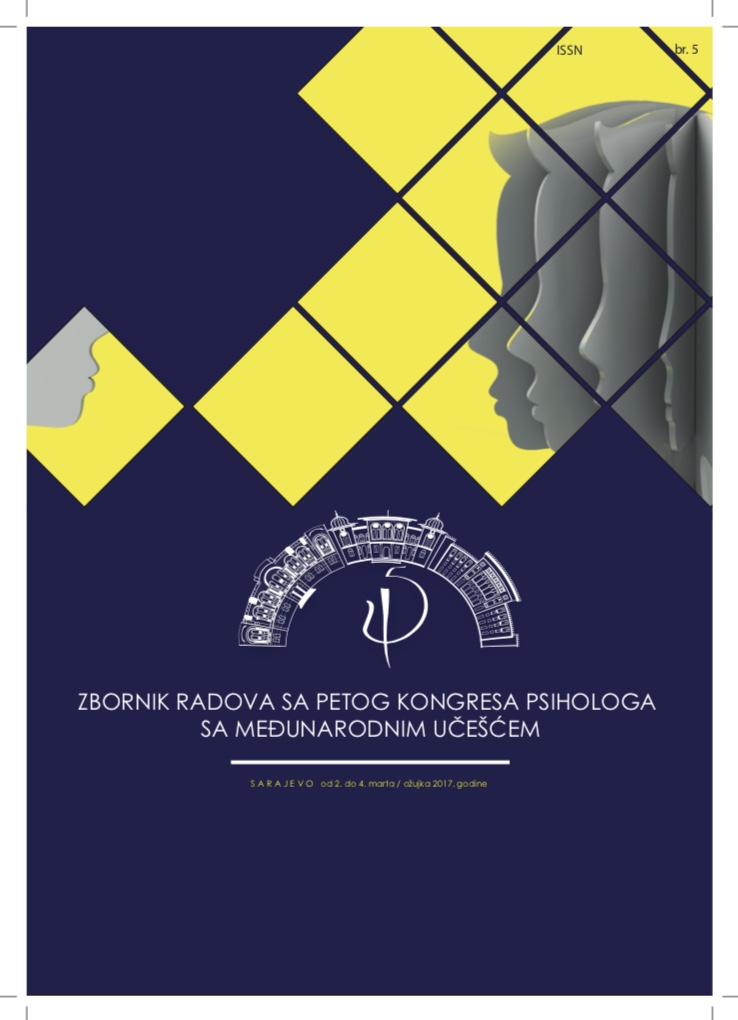Primarno opsesivni tip opsesivno kompulzivnog poremećaja ili čiste opsesije: procjena i klinička slika
Primarly obssesional obsessive compulsive disorder or Pure O: Meaning and clinical picture
Author(s): Maja Misira RašićSubject(s): Psychology, Personality Psychology
Published by: Logotip
Keywords: obsessive compulsive disorder;pure obsessions;assessment of OCD;mental rituals
Summary/Abstract: The main goal of this review is to present one of the special forms of obsessive-compulsive disorder (hereafter will be abbreviated as OCD) diagnosis, which has still been a subject of discussion among psychologists and its official qualification does not exist. We will try to elucidate more precisely this type of primarily obsessional disorder. For the treatment of the patient to be deemed successful, a thorough evaluation and an established diagnosis of the disorder is of utmost importance. A thorough evaluation of the compulsive disorder can be established by evidence of visible and clear compulsive behaviors or rituals, upon which a diagnosis can be reached and further treatment planned. However, there are individuals that do not exhibit visible compulsive behaviors, yet they suffer from obsessions, but their compulsions are internalized. This apparent absence of certain behaviors can be misleading to therapists and drive them to seek further diagnoses all the while losing the effectiveness of the patient’s current treatment. Namely, individuals with primarily obsessive type of OCD are often misunderstood, inappropriately evaluated and diagnosed, and treated incorrectly. With careful evaluation, we almost always encounter compulsive behaviors that are specific to mental rituals which the therapists and patient’s surroundings do not always recognize as compulsive behaviors in said patient. Mental rituals in patients can be mistaken for memory tracing, mental reassurance, quiet or internalized phrase repetitions or prayers, while those said patients are actually trying to neutralize obsessions, admit to existing obsessions, or constantly ruminating on obsessions. Some of the frequent types of obsessions that patients with OCD exhibit are: thoughts of hurting oneself or others, dwelling thoughts on sexual orientation or sexual activities, doubts about choosing romantic partner and pursuing relationships, thoughts about religion or existentialism also known as philosophical OCD. Despite the contradictory opinions of the psychologist, I think knowing this disorder sub-type leads to better understanding of the patient and improvement of the therapist’s work, as well as to increased therapy success. Thus, the conclusion of this review is that more attention and research should be directed towards permanent definition and recognition of this OCD aspect
Journal: Zbornik radova Kongresa psihologa Bosne i Hercegovine
- Issue Year: 2019
- Issue No: 5
- Page Range: 379-399
- Page Count: 21
- Language: Bosnian

